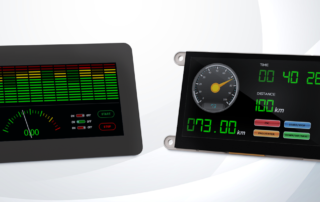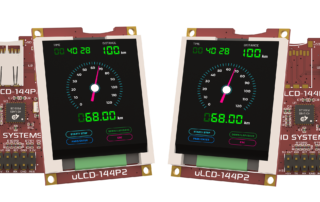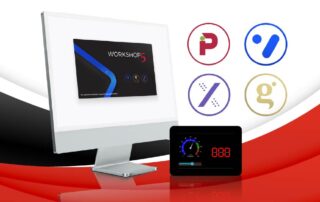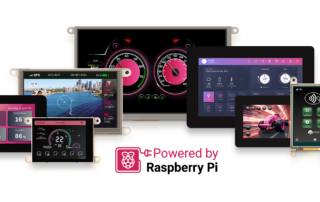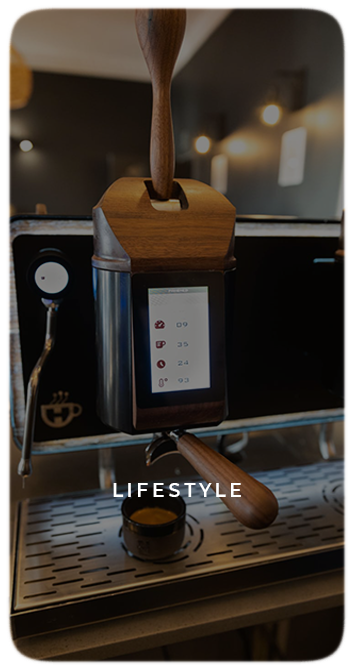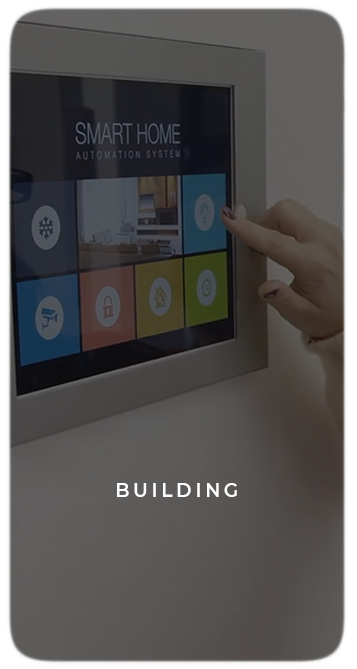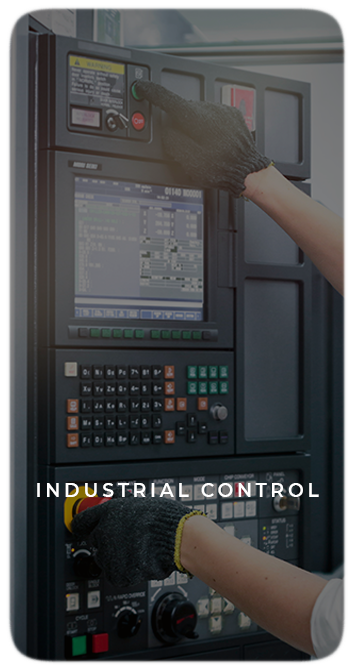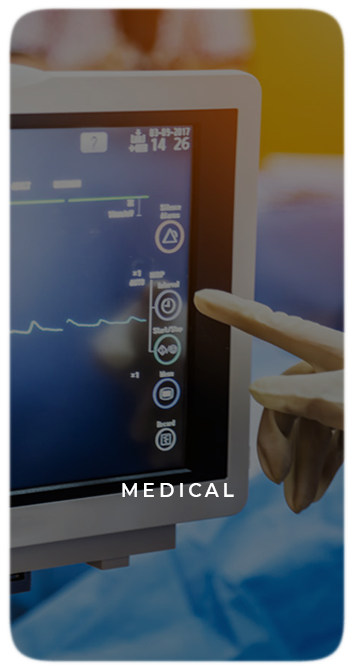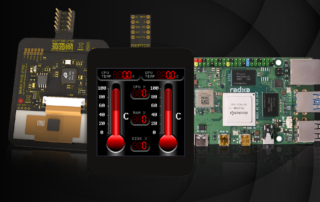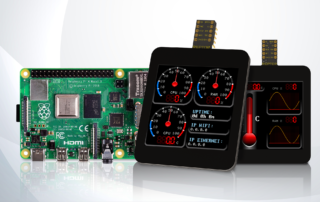New gen4-ESP32Q: More I/O, Lower Cost
4D Systems is pleased to announce the expansion of our gen4-ESP32 display module lineup with the new gen4-ESP32Q Series. Designed to give developers greater flexibility, these modules offer a unique balance of performance, I/O capabilities, and affordability.
What’s New?
The gen4-ESP32Q Series is a new branch of the gen4-ESP32 family. While the original gen4-ESP32 modules focus on higher-resolution displays, the gen4-ESP32q modules take a different approach: they offer lower resolution displays but greater access to GPIO, along with a more cost-effective price point.
Key Differences
| Feature | gen4-ESP32Q | gen4-ESP32 |
|---|---|---|
| Display Resolution | 480×272 (4.3″) | Up to 800×480 (4.3″, 5.0″, 7.0″) |
| GPIO | Up to 30 GPIO | Up to 16 GPIO |
| Audio Support | Yes (DAC via GPIO + External Amp) | Yes (I2S Audio Output + External Amp) |
The gen4-ESP32q modules are especially well-suited for applications where you need more control lines, sensors, or external devices, and don’t require a high-resolution display.
Compatibility and Development
As with the rest of the gen4-ESP32 family, the new modules are compatible with our Workshop4 and Workshop5 IDEs, and support both Arduino and ESP-IDF development environments. They include an integrated resistive touch interface, full support for microSD cards, and flexible mounting options for easy integration into industrial and commercial products.
Use Cases
The gen4-ESP32q Series is ideal for:
-
Smart control panels
-
Industrial HMIs
-
Cost-sensitive IoT devices
-
Touch-enabled embedded systems
If you’re looking to bring advanced control and interactivity to your project without the need for high-resolution graphics, the gen4-ESP32q Series is the perfect solution.
Visit our product page to learn more and get started with the new gen4-ESP32q Series.
Now Available
If you’re looking to bring advanced control and interactivity to your project without the need for high-resolution graphics, the gen4-ESP32q Series is the perfect solution.
Visit our product page to learn more and get started with the new gen4-ESP32q Series.

